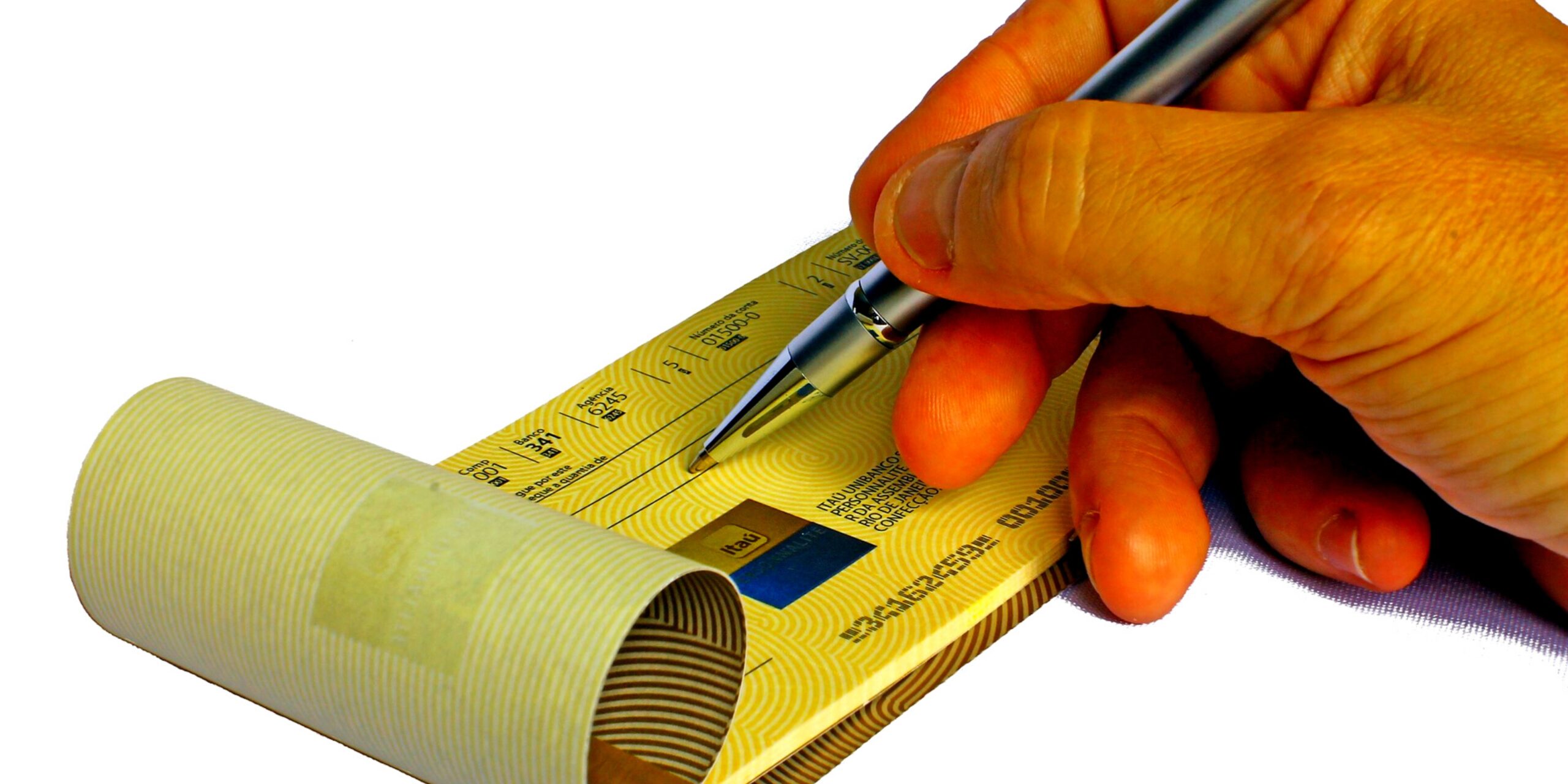Introduction
Writing a cheque for self withdrawal is an ancient and common method for withdrawing money from the self account from the bank. Nows in these days, after the revolution of the digital payment system, there are many options available for making payments and withdrawing funds from the own account in the bank. These days, people accept all other transaction modes, for example, Google pay, PhonePe, UPI, Paytm, and many more. However, the method of withdrawing money from the own account by writing a cheque for self still exists, and the bank’s account holder uses it.
We should also note that there are many alternate ways to withdraw money from the self account except to write a cheque for the self method. People also use ATMs, Filing a withdrawal slip for such transactions, withdrawing via demand draft of the amount, writing a self cheque, etc. But as we above mention, withdrawal of money from self account by writing a cheque for self is the most popular and common method which customers of the bank use.
What is the meaning of withdrawing money for writing a cheque for yourself from the bank?
When the bank’s account holder wants to withdraw the amount from his account and uses drawing self cheque is known as a self cheque. In other words, we can say that when the drawer of the cheque is drawn by itself to withdraw money from his account, it is called a self cheque. As we all very well know, the cheque can be used to make a payment to another one. Also, it can be used for writing a cheque for self to withdraw money from the drawer’s account.
What should you need to know while writing a cheque for yourself?
Writing a cheque for self is a very simple and easy method; however, sometimes, it causes some confusion when filling up a self cheque. While drawing a self cheque, you need to know some basic rule that is necessary to write a cheque for self. For example, what to write in the Payee column while filling a self cheque, mention the name of the holder or write to self only, etc.
While writing a cheque for yourself, you must be aware of some following the terms and conditions for making it a valid cheque.
- The first one is to make sure the account balance is sufficient or not. You need to write a withdrawal amount in the cheque according to the account balance.
- The second is to avoid overwriting and spelling mistakes while writing a self cheque because that may cause dishonour or rejection of the cheque.
- The third is the cheque drawer putting his specimen signature from the specified signature column. Make sure the drawer’s signature is the same as the bank records mentioned while opening a bank account, which is mentioned on the bank record. Because if the drawer’s signature differs, that may also cause the dishonour of the cheque bounce of the said cheque.
The following columns need to be required to fill up while writing a cheque for self withdrawal:
Date column: You should need to write a date when drawing the cheque for self withdrawal.
Payee column: this column is substantial when you want to withdraw money from your account; you need to write in the payee’s column “Self”. There is no more information need to mention in that column.
Amount in figure column: The drawer needs to write an amount in the figure he wants to withdraw from his account.
Amount in words column: In this column, you need to write a withdrawal amount in words, and it is also advisable to write the specific word “only” after writing the withdrawal amount in words.
Signature column: This column is also the most important and should be filled up carefully. In this column, the account holder who wants to withdraw money from his account has to put up his signature as the same which is previously mentioned at the bank while opening the account.

